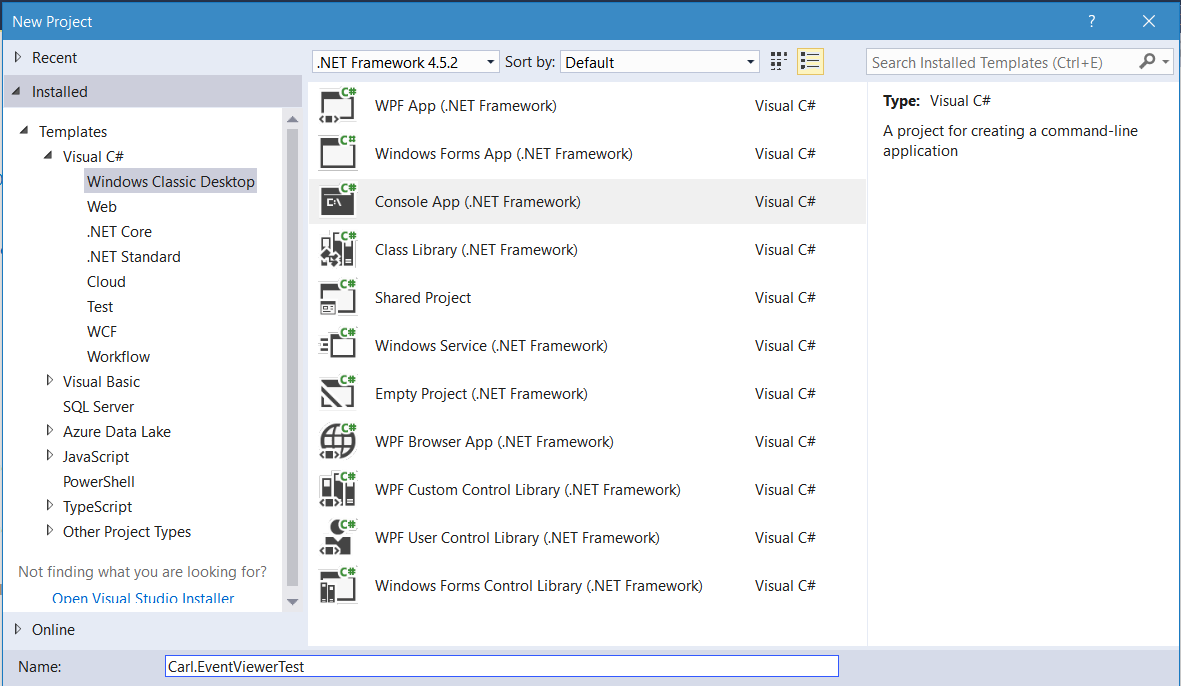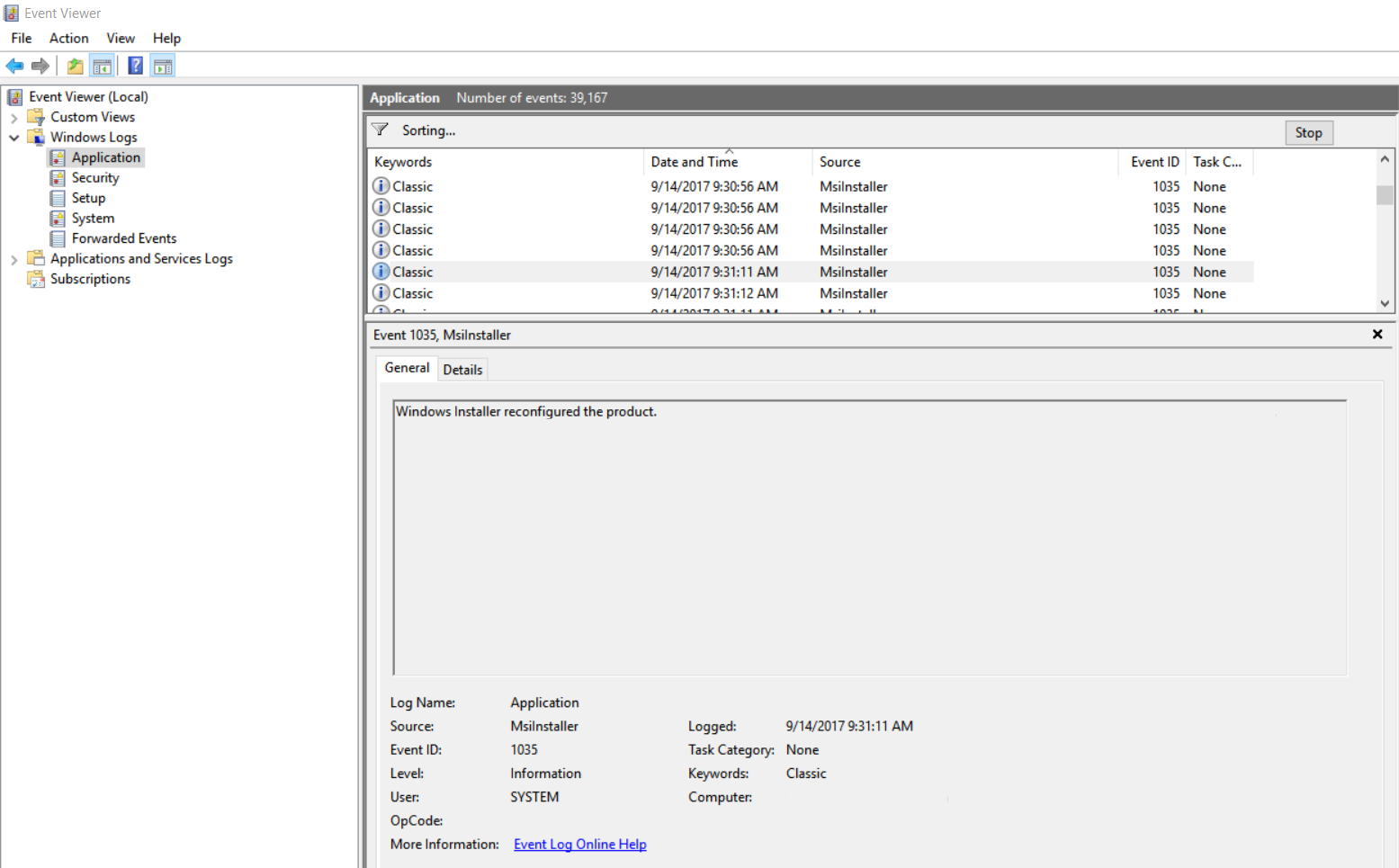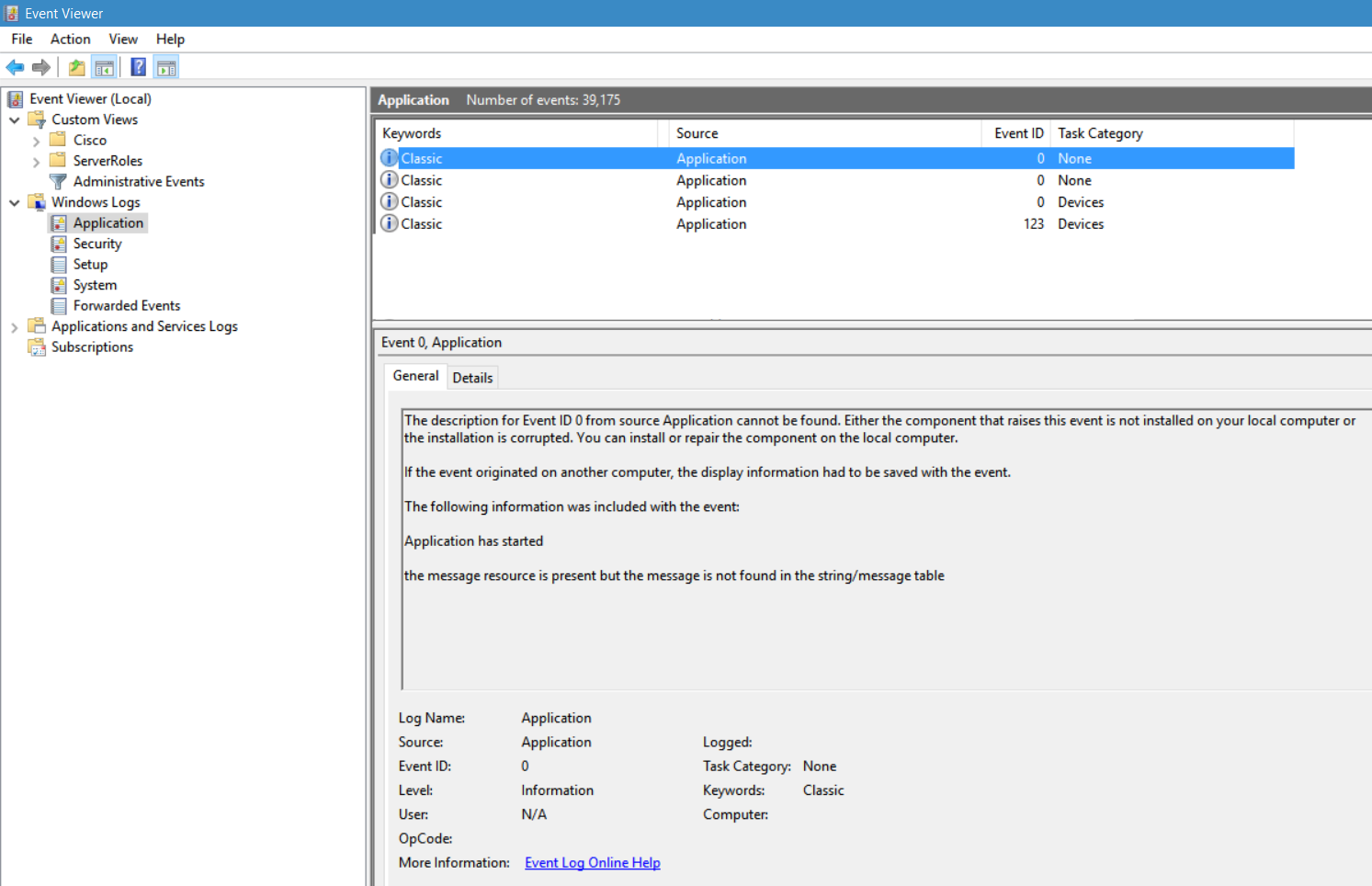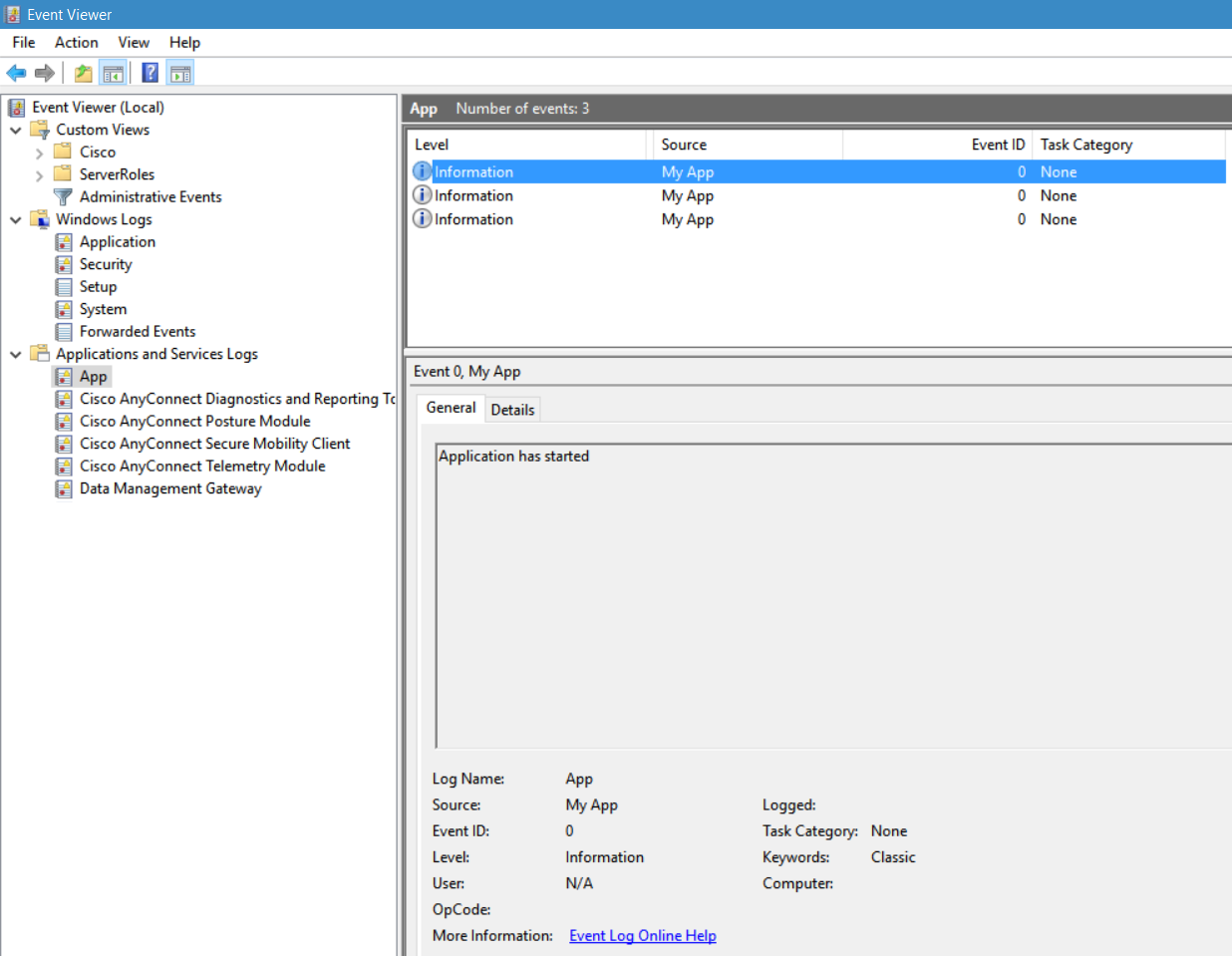Ejemplo Entity Framework CRUD
- using System.Linq;
- using System.Web.Mvc;
- using ExampleCodeFirstApproch.Models;
- namespace ExampleCFA.Controllers
- {
- public class StudentController : Controller
- {
- SchoolContext objContext;
- public StudentController()
- {
- objContext = new SchoolContext();
- }
- #region List and Details Students
- public ActionResult Index()
- {
- var studs = objContext.Students.ToList();
- return View(studs);
- }
- public ViewResult Details(int id)
- {
- Student stud = objContext.Students.Where(x=>x.StudentId==id).SingleOrDefault();
- return View(stud);
- }
- #endregion
- #region Create Student
- public ActionResult Create()
- {
- return View(new Student());
- }
- [HttpPost]
- public ActionResult Create(Student stud)
- {
- objContext.Students.Add(stud);
- objContext.SaveChanges();
- return RedirectToAction("Index");
- }
- #endregion
- #region Edit Student
- public ActionResult Edit(int id)
- {
- Student stud = objContext.Students.Where(x => x.StudentId == id).SingleOrDefault();
- return View(stud);
- }
- [HttpPost]
- public ActionResult Edit(Student model)
- {
- Student stud = objContext.Students.Where(x => x.StudentId == model.StudentId).SingleOrDefault();
- if (stud != null)
- {
- objContext.Entry(stud).CurrentValues.SetValues(model);
- objContext.SaveChanges();
- return RedirectToAction("Index");
- }
- return View(stud);
- }
- #endregion
- #region Delete Student
- public ActionResult Delete(int id)
- {
- Student stud = objContext.Students.Find(id);
- return View(book);
- }
- [HttpPost]
- public ActionResult Delete(int id, Student model)
- {
- var stud = objContext.Students.Where(x => x.StudentId == id).SingleOrDefault();
- if (stud != null)
- {
- objContext.Students.Remove(stud);
- objContext.SaveChanges();
- }
- return RedirectToAction("Index");
- }
- #endregion
- }
- }







